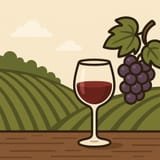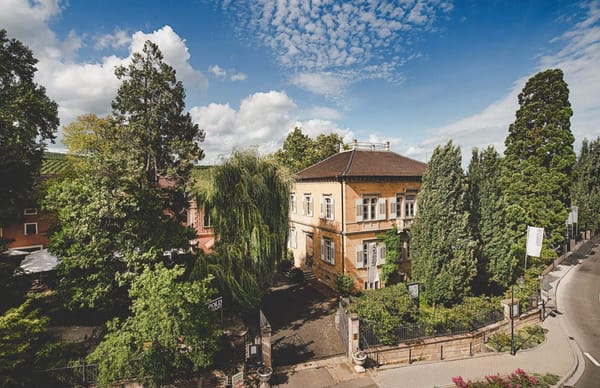The Basics of Tasting Wine – A Journey Through Sight, Smell, Sip, and Sense 🍷✨
Unlock the world of wine tasting with ease. In this introduction to the basics, we explore the art of using sight, smell, sip, and sense to fully experience every glass. Start your wine journey today—without the snobbery, just the fun. 🍷

Wine is more than fermented grape juice. It’s a conversation starter, a storyteller, and sometimes, the quiet companion to an unforgettable evening. Yet, tasting wine can often feel like entering a secret society of swirling, sniffing, and nodding sages who seemingly decipher magic from a simple sip. Fear not—this post is your friendly (and fun) guide to joining the club without the snobbery.
Tasting wine isn't about memorizing fancy terms or impressing your friends. It’s about paying attention, slowing down, and tuning into the experience that unfolds in your glass. Whether you’re a curious beginner or someone looking to refine your skills, learning the basics will make every sip more rewarding.
"Wine is bottled poetry." — Robert Louis Stevenson
🍇 Why Tasting Matters
Wine is complex. It’s shaped by grape variety, vineyard location, weather, winemaking techniques, and aging. But to truly appreciate all these factors, we need to engage our senses.
Tasting helps us:
- Understand wine’s structure and balance
- Discover new styles and varietals
- Improve our ability to pair wine with food
- Connect with wine on a personal, emotional level
Each bottle holds a story—and tasting is how we read it.
📖 The Four Steps of Wine Tasting
Over the next few posts, we will dive deeper into the individual elements of tasting. But here’s a general overview of what’s to come:
👀 Sight
The journey starts with your eyes. Color, clarity, and viscosity ("legs") provide your first clues about the wine’s age, grape variety, and style. A wine's appearance sets the stage for what’s to come.
👃 Smell
Your nose does much of the heavy lifting when it comes to flavor. Aromas give insights into grape variety, winemaking techniques, and even the wine’s age. From fresh fruits to earthy notes, every swirl reveals layers waiting to be explored.
🍷 Sip
Tasting goes beyond flavor—it’s about texture and balance. Sweetness, acidity, tannins, alcohol, and body all interact to create the wine’s overall mouthfeel. This step transforms aromas into flavors and sensations.
💭 Sense
The finish, the aftertaste, and the emotional response. Sense is about interpreting what the wine means to you. Does it linger? Does it provoke thought or joy? This is where technical tasting meets personal connection.
🎓 Tobi’s Tip: Stay Curious, Not Perfect
Wine tasting isn’t a test. It’s a journey. Some wines will wow you, others may confuse you—and that’s all part of the experience. The more you taste, the more confident you’ll become.
- Don’t worry if your notes start simple.
- Share and compare experiences with friends.
- Trust your senses and enjoy the process.
"Not everything has to be explained. Some things are meant to be felt." — Tobi
🎶 Wine & Music Moment
Tasting wine for the first time (or the hundredth) should always be enjoyable and relaxed. To set the mood, here’s a song that captures that easy yet thoughtful vibe:
🎵 "Feeling Good" — Nina Simone
Timeless. Confident. Layered.
Just like a great wine, it starts smooth and then reveals hidden depth. Pour a glass, press play, and let the journey begin.
In the upcoming posts, we’ll go deeper into each step: how to read the wine with your eyes, unlock aromas, master your palate, and interpret your experience.
Until then—
Stay curious. Sip thoughtfully.
— Tobi 🍷




